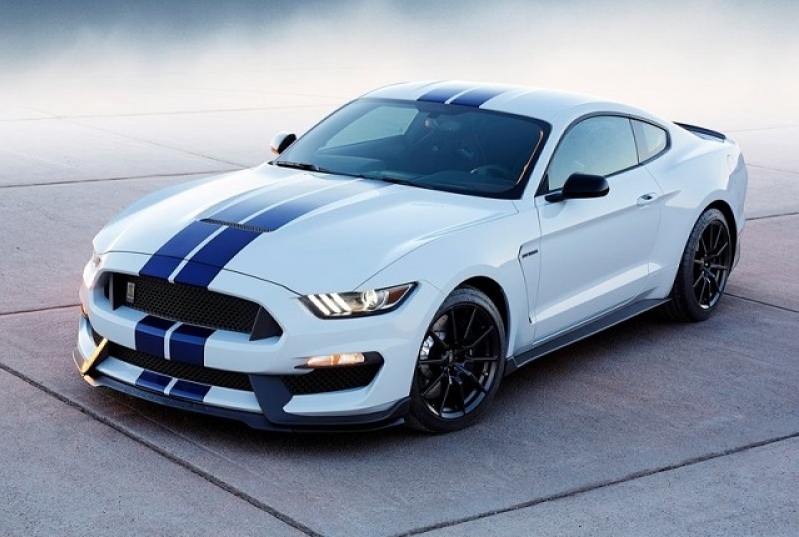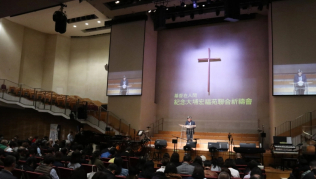
US carmaker Ford is developing an advanced front-lighting technology designed to prevent or reduce the risk of a front-end collision and keep drivers safer at night.
Several automakers like BMW are also currently working on similar technology.
A report posted on camera-based front lighting system fuses together the carmaker's older technologies -- adaptive lighting system and traffic sign recognition.
The technology can read traffic signs and use global positioning system (GPS) to widen the headlights' reach at roundabouts. It also uses cameras to detect lane markings and move the car's high beams according to the road's curve.
"Many people who drive at night have had to quickly react to someone or something suddenly appearing in the road-as if from nowhere. Ford's Camera-Based Advanced Front-Lighting System and Spot Lighting help ensure the driver is quickly alerted to people or animals that could present a danger," explains Ken Washington, vice president of Ford Research and Advanced Engineering, Practical Motoring in an article posted on the Pioneer News.
Also in the works is a spot lighting system which a motorist would find useful when driving in areas that have no street lights.
An infrared camera attached to the car's front grill would detect people, animals and other road obstructions.
The system activates two spotlights on the highest-priority risks, illuminating the hazard and placing a directional stripe on the road surface. The risk -- pedestrians or animals -- will be marked with yellow or red boxes - depending on the assessed risk level -- in the car's entertainment screen.
The full system is still under development but Ford is reportedly planning to install the camera-based technology on its near future models.
Further explaining the prototype, an article on Left Lane News said the system also attempts to better illuminate the road ahead. GPS provides a way to predict topography, enabling the lighting to move with bends and dips. Cameras track traffic signs or serve as an alternative to GPS-based monitoring of road features.
"Camera-Based Advanced Front-Lighting can help make it easier for the driver to travel at night in unfamiliar surroundings, and to more easily see unexpected hazards," said Ford Europe lighting research engineer Michael Koherr. "At roundabouts, for example, our system helps the driver to clearly see the exits - and check if cyclists and pedestrians are crossing the road."







